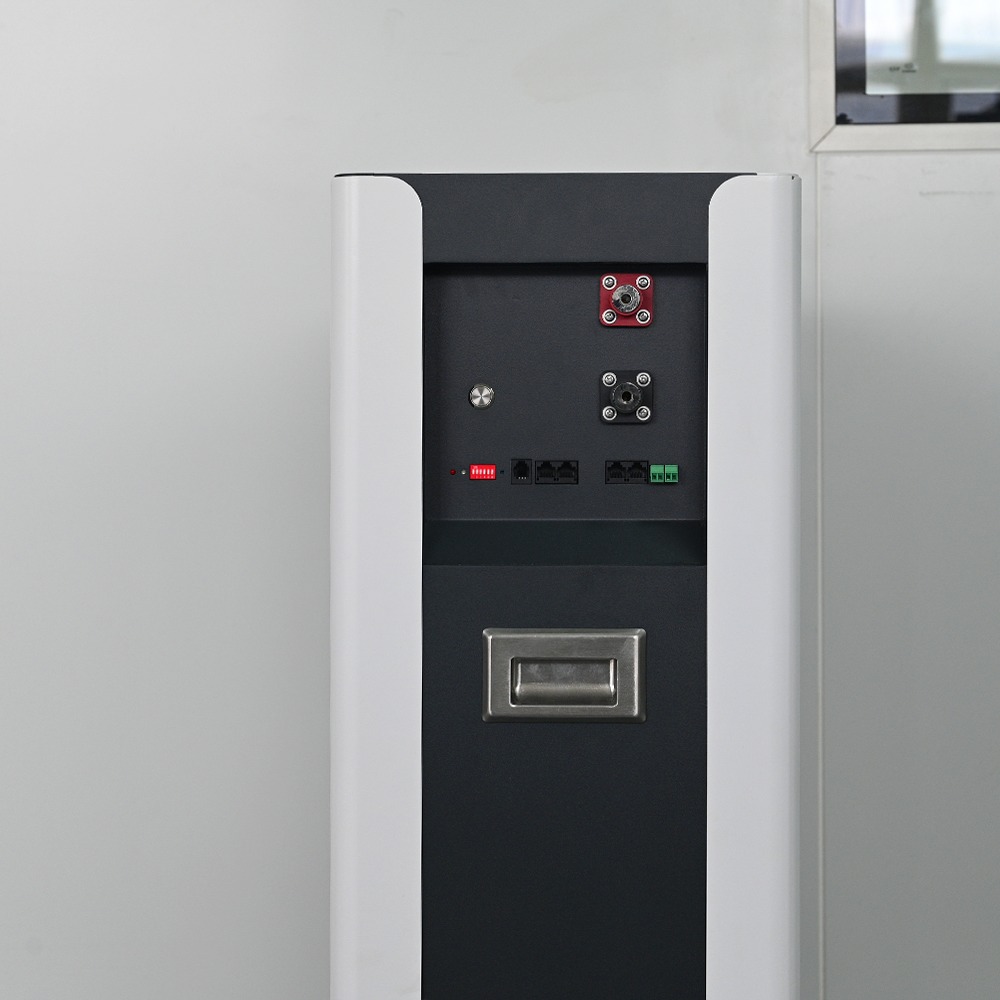Overview of bipolar battery technology
As an innovative battery design, bipolar battery technology is centered on the use of bipolar electrodes that can serve as both cathodes and anodes. This design can theoretically
significantly increase the energy density and power density of the battery while reducing the number and weight of battery components. However, to achieve the commercial application of this technology, a series of technical challenges need to be overcome, such as ensuring the mechanical properties of the matrix, the stability of the electrolyte, the electrochemical stability, and reasonable costs.

Comparison between lead-acid batteries and lithium batteries
Lead-acid batteries:
Current situation: At present, bipolar lead-acid batteries have begun to enter the commercial production stage, but there are few manufacturers and the production scale is limited.
Advantages: In terms of instantaneous power output, bipolar lead-acid batteries perform well and are suitable for applications that require high power output, such as material handling equipment.
Challenges: The material requirements of the components are high, the production cost is relatively high, and the battery management is more complicated. In addition, the failure of a single battery may cause the failure of the entire battery module.
Lithium batteries:
Current situation: Lithium-ion batteries with single-electrode technology have been widely used in many fields such as electric vehicles, energy storage, and power tools.
Advantages: Lithium-ion batteries have higher energy density and longer operating time, and are suitable for applications that require long-term operation.
Prospects: With the continuous advancement of technology and the reduction of costs, the application of lithium-ion batteries in bipolar electrode technology also shows broad prospects. If bipolar electrode technology can be successfully applied to lithium-ion batteries, it is expected to further improve their performance.
Future prospects of bipolar battery technology
Technical challenges: Although bipolar battery technology has many advantages, a series of technical challenges need to be overcome to achieve large-scale commercial applications. This includes improving the mechanical properties and electrochemical stability of the matrix, reducing production costs, and optimizing battery management.
Market prospects: With the increasing demand for high energy density and high power density batteries, bipolar battery technology is expected to occupy a certain market share in the future. Especially in the fields of electric vehicles and energy storage, the application of bipolar battery technology is expected to promote the rapid development of related industries.
R&D direction: The future R&D direction will mainly focus on improving the performance of bipolar electrodes, reducing costs, and optimizing battery management systems. At the same time, exploring the application of bipolar electrode technology in other types of batteries (such as solid-state batteries) will also be an important research direction.
Conclusion
In summary, as an innovative battery design, bipolar battery technology has significant advantages in improving battery performance. However, to achieve its commercial application, a series of technical challenges need to be overcome. With the continuous advancement of technology and the continuous development of the market, bipolar battery technology is expected to show broader application prospects in the future. Especially in the field of lead-acid batteries and lithium-ion batteries, the application of bipolar electrode technology is expected to promote the rapid development of related industries.




